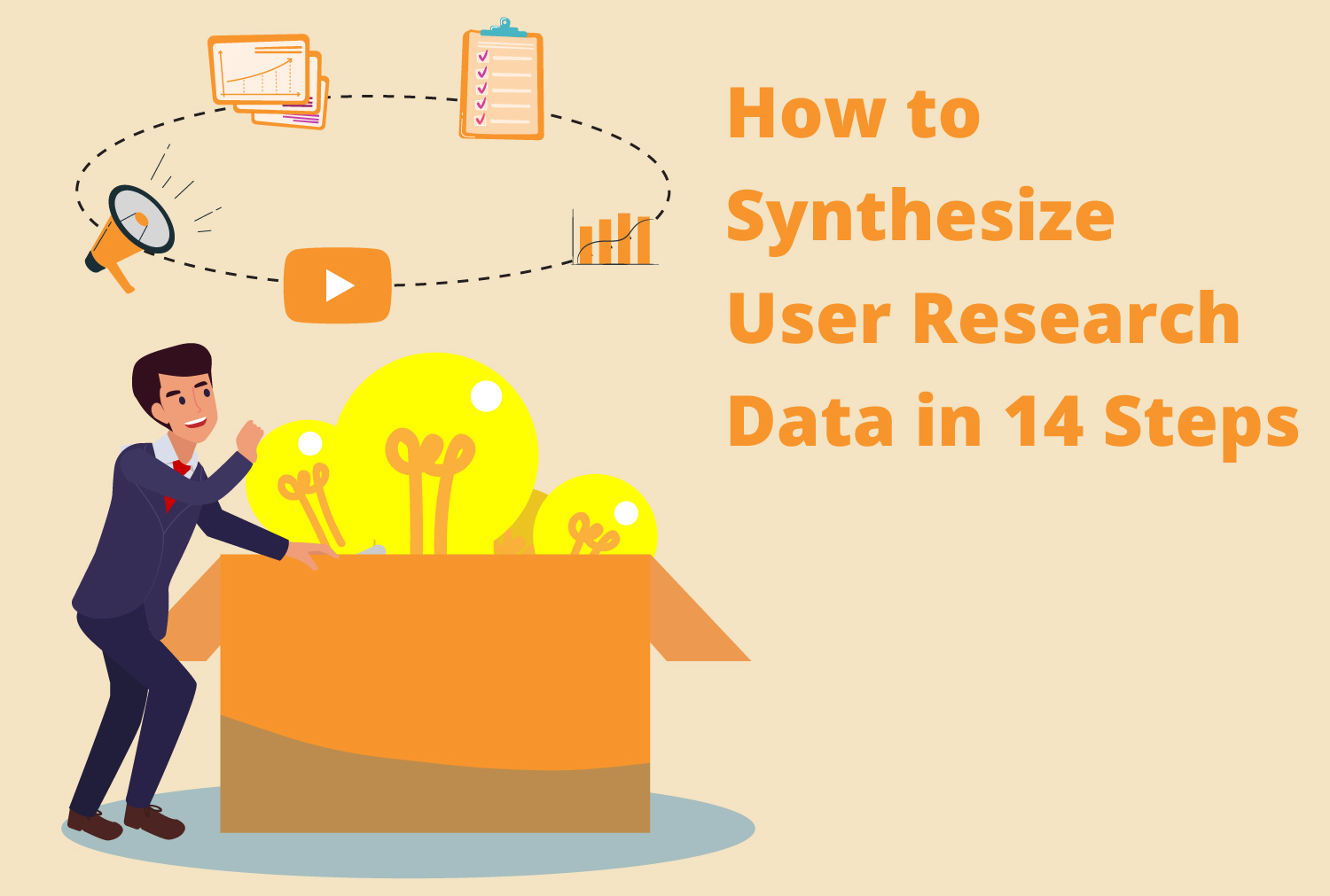Tag: Ux Research
From Detective to UX Researcher: Embracing Strategic Insights
Mastering UX Research: 5 Strategies for Maximizing Impact
We know that the heart of creating successful products lies in user experience research. But conducting research is just the tip of the iceberg; effectively communicating findings is equally important. Here are the key takeaways from our recent blog post with Userlytics, “Making Sense of UX Research: 5 Approaches to Structuring Your Findings”.
read more… “Mastering UX Research: 5 Strategies for Maximizing Impact”How to Synthesize User Research Data in 14 Steps
When it comes to gaining valuable insights from research, collecting user data is easy. You can create and send out a survey in minutes and schedule user interviews while you’re at it. The real challenge lies in organizing research data and drawing insights that achieve your research objectives.
As you collect data, themes and patterns emerge. The quick and easy road is to look at the emerging trends and conclude based on gut feelings. But personal feelings in research lead to biased recommendations that do not achieve your research goals.
Data synthesis often happens alongside data analysis, where you break down individual parts of a problem to understand the situation better. The best analysis leads to high-level insight alongside a roadmap for implementation. Moreover, these key insights are reliable because they are based on objective evidence, not bias.
So, how do you turn raw, bulky data into the valuable insight you need?
read more… “How to Synthesize User Research Data in 14 Steps“Aurelius Podcast: Episode 57 – UX Research & Consent with Phil Hesketh
How to Present UX Research and Turn Insight to Action
Most companies know the importance of UX research in building sustainable and user-friendly products that meet the needs of their audience.
However, conducting the research is one-half of the equation. Presenting UX research in a way that compels stakeholders to take action is the second half.
Without adequate reporting, research is just a pile of data. Reporting, by way of presentation, makes your data actionable. By adopting effective UX presentation techniques such as storytelling, visualization, and slides, you ensure that your research influences the development process instead of ending up in storage without being used.
read more… “How to Present UX Research and Turn Insight to Action”How to Create a Repeatable Process for UX Research
When conducting user research, it’s important to establish a repeatable process that everyone in your organization follows. Processes describe how tasks should be completed and increase your chances for a successful outcome.
It’s easier to get buy-in from stakeholders when you have a process that shows how your research will solve a problem, directly impact growth and improve customer satisfaction.
In this article, we’ll show you how to create a user research process that guides all future research projects. We’ll also walk you through the process of organizing, analyzing, and sharing research findings with stakeholders to drive action.
read more… “How to Create a Repeatable Process for UX Research”
